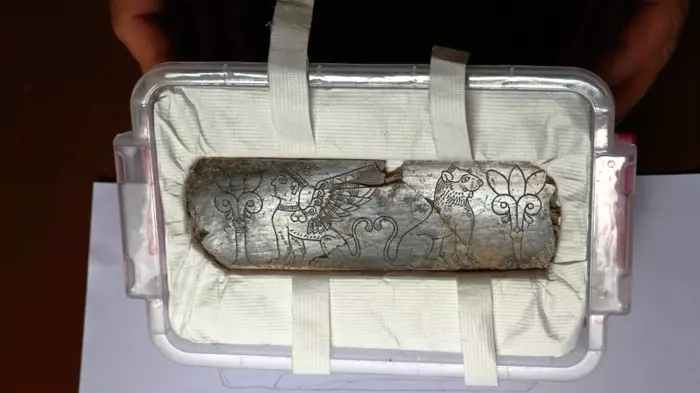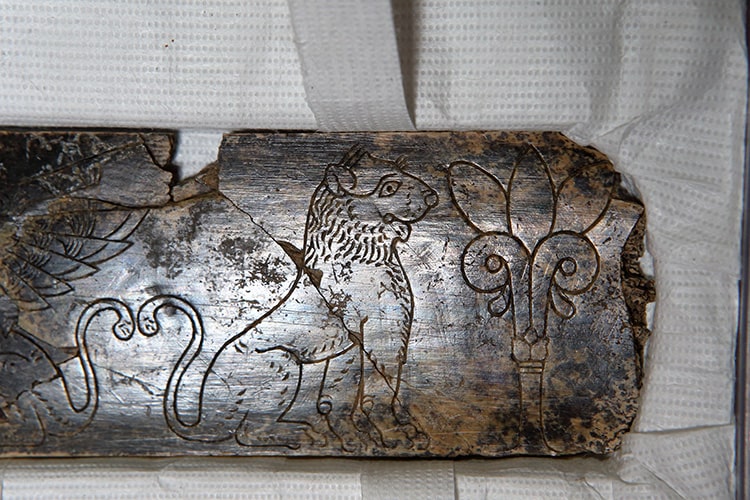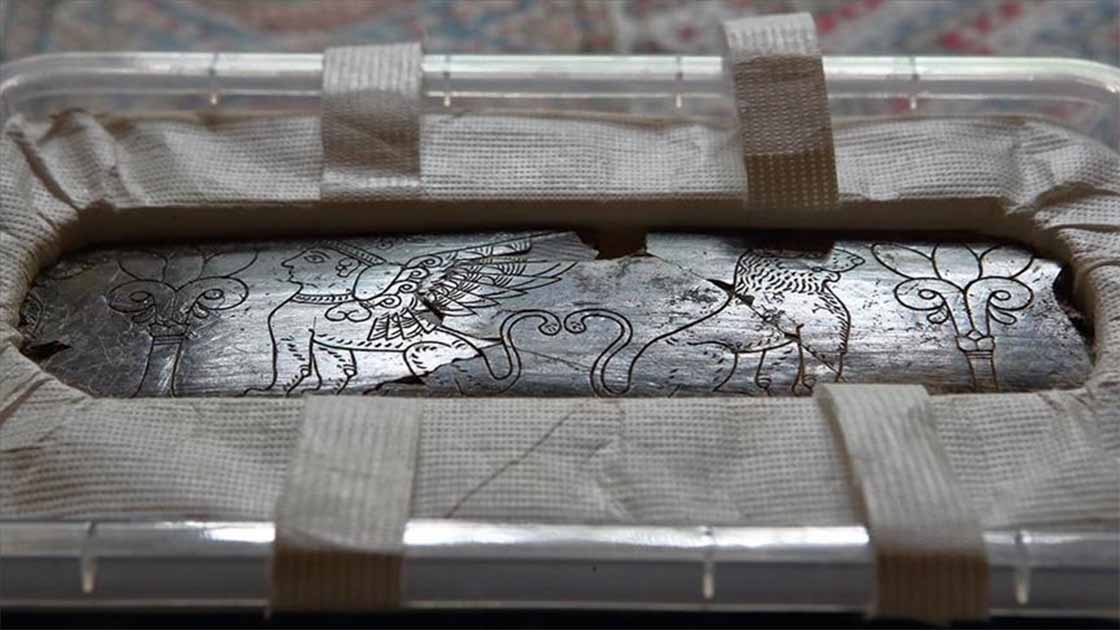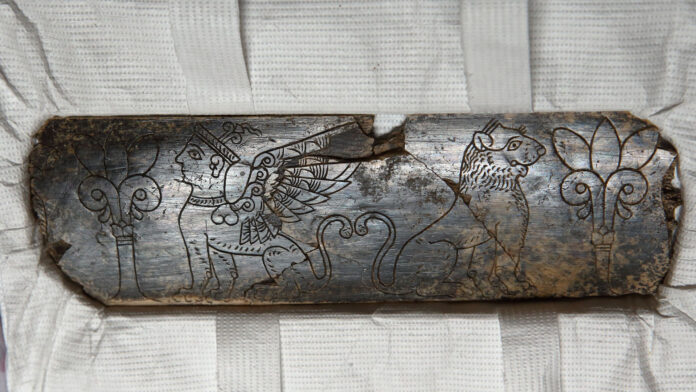The ancient city of Hattusa, a site rich in history and cultural significance, continues to yield remarkable discoveries. Recently, a 2,800-year-old ivory-decorated artifact was uncovered during ongoing archaeological excavations. This significant find not only provides insights into the artistic craftsmanship of the Iron Age but also underscores the historical importance of Hattusa. Located in Çorum, Turkey, this ancient city was once the heart of the Hittite Empire and remains a focal point for understanding ancient civilizations.
Hattusa: A UNESCO World Heritage Site

Hattusa’s ruins, dating back to the Bronze Age around 2000 BC, provide a captivating glimpse into a bygone era of human civilization. This ancient city was once the capital of the Hittite Empire, a powerful and influential civilization in the ancient Near East. The ruins include monumental structures, such as city gates, temples, and royal residences, showcasing advanced architectural and engineering skills of the time.
In recognition of its immense historical value, Hattusa was inscribed on the UNESCO World Heritage list in 1986. This prestigious designation underscores the city’s global significance and its well-preserved remnants that offer insights into ancient urban planning and Hittite culture. Further enhancing its prominence, Hattusa was added to UNESCO’s “Memory of the World List” in 2001. This inclusion highlights the importance of the site’s cuneiform tablet archives, which contain texts written in the oldest known Indo-European language. These archives are invaluable for understanding the linguistic, administrative, and cultural practices of the Hittites.
Hattusa’s distinction of being the only ancient city featured on both the UNESCO World Heritage list and the Memory of the World List underscores its unique status in the preservation of human history and cultural heritage. This dual recognition not only elevates Hattusa’s standing in the academic and archaeological communities but also ensures that efforts to preserve and study the site will continue, allowing future generations to explore and learn from this ancient marvel.
Ongoing Excavations
Excavations in Hattusa commenced 116 years ago, marking over a century of continuous archaeological investigation. These efforts have been instrumental in uncovering the rich history and cultural artifacts of this ancient city. Since 2006, the German Archaeological Institute has spearheaded these excavations under the leadership of Professor Andreas Schachner. Their meticulous work has significantly advanced our understanding of Hattusa and its historical context.

In the 117th year of these extensive excavations, a truly remarkable artifact was discovered on the northwest slope of the Great Fortress area. This ivory-decorated piece, measuring approximately 30 centimeters in length and 10 centimeters in width, stands out due to its intricate and detailed craftsmanship. The artifact features a sphinx with a human head and animal body, a lion, and two Tree of Life figures, all drawn against a shiny background. These depictions are rendered with exceptional detail, reflecting the artistic sophistication of the Iron Age.
The discovery of this piece is particularly significant as it provides valuable insights into the artistic and cultural expressions of the period. The figures on the ivory piece can be best observed under suitable light conditions, due to a layer that covers the surface. Scientific studies are ongoing to analyze and preserve this exquisite artifact, ensuring that its historical value is fully understood and appreciated.
Artistic and Historical Significance

The discovery of this well-preserved artifact offers valuable insights into the artistic structures of the Iron Age. The piece, found in the Iron Age layer of the Hattusa Archaeological Site, is believed to have adorned a wooden box or furniture. Despite being broken on the right and left sides, the upper and lower parts remain intact, suggesting the piece was originally longer.
Professor Schachner emphasized the uniqueness of this find for Boğazköy, stating, “This artifact is a unique work for Boğazköy. For the first time, we are confronted with a piece adorned with a scene so intricately and beautifully crafted.” The detailed craftsmanship and iconography provide a deeper understanding of Boğazköy’s connections with Southeastern Anatolia, the Southwest, and Greece during the first millennium BC.
Scientific Studies and Future Exhibitions

Ongoing scientific studies aim to further analyze the figures depicted on the artifact, which are best seen under suitable light conditions due to a layer on the surface. Upon completion of these studies, the artifact will be exhibited at the Boğazköy Museum, allowing the public to appreciate its historical and artistic significance.
Conclusion
The discovery of the 2,800-year-old ivory-decorated piece in Hattusa is a testament to the city’s enduring historical and cultural legacy. This artifact not only enriches our understanding of Iron Age art but also highlights the intricate connections between ancient civilizations. As excavations continue, Hattusa promises to reveal even more about its storied past, further cementing its status as a critical site for archaeological and historical research.
